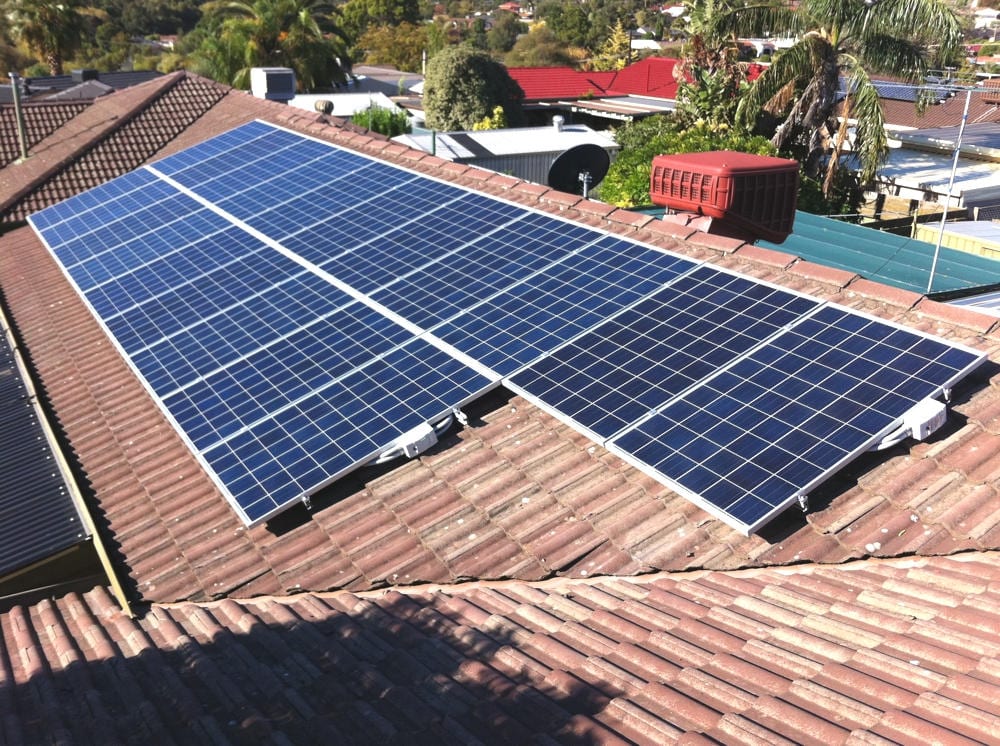Grattan Institute’s new report Sundown, Sunrise: How Australia can finally get solar power right, argues that solar power combined with battery storage will have a vital role in creating a lower-cost and low-emissions energy future. But for solar to play this role, policy makers must learn from their past mistakes, and ensure that the expensive, inequitable and inefficient policies designed to promote solar PV are not repeated.
In RenewEconomy on Tuesday, Bruce Mountain claimed that our report contained a $10.9 billion error. The bases for this claim are incorrect and misleading.
Firstly, an overall comment: the sort of analysis we have undertaken requires assumptions on a number of parameters, all of which are set out in the report and a Technical Appendix that we have published separately. In making these assumptions, we have tried to be balanced – that is, not favouring or penalising the benefit or cost of policies. For example, to calculate the economic benefit of avoided electricity cost, we used an average of around 7 cents per kWh. In many cases this is much higher than would be the actual cost of electricity not generated. In other words, we were generous in calculating the economic benefit of avoided electricity cost created by solar. Different assumptions will self-evidently deliver different results. We tested the robustness of our conclusions to changes in these assumptions and the results are also contained in the Technical Appendix.
Mountain’s criticisms have focused on our calculation of the benefits and costs of installed solar PV, and specific components of the calculation. Since his conclusion of a large nett error rests on several individual components, each needs to be addressed.
Part of Mountain’s claims relates to discount rates. In assessing benefits and costs that occur over long time periods, both past and future, a discount rate is used to bring all dollar amounts to a common basis of 2015 dollars. Effectively, past figures are inflated and future figures discounted. Mountain claims that we discounted future benefits at 5 per cent real per annum, when we have made it very clear that we used 5 per cent nominal. Getting these facts right is important.
Secondly, Mountain argues that these benefits and costs should be discounted at a nominal risk-free rate based on a long-term government debt instrument. But the costs incurred by households and the benefits they receive through lower electricity bills are private expenditure. It is not appropriate to apply a public sector discount rate to private expenditure. A discount rate of 5 per cent nominal is relatively low for private expenditure.
We have provided the sources of data that were used to calculate the historical costs of PV systems to households. Having used data from the Australian Photovoltaic Institute to cross-check our calculation, adjusted to 2015 dollars as described above, we stand by the cost estimate.
Mountain was concerned that we had done a 15-year calculation, thereby understating the future benefit of solar systems. In fact, we did our economic analysis to 2030, by which time most of the systems installed since 2009 will be older than 15 years. The peak occurred in 2011-12, so that wave will be 18-19 years old by 2030. Secondly, we have heard a great deal about problems with panel performance and warranty problems. Thirdly, we assumed that the panels are all operating at steady performance till 2030 – a generous assumption.
Contrary to Mountain’s claim, our report does not say that we recognise that PV provides a nett benefit by reducing demand on the grid. There is mixed evidence on how PV interacts with peak demand and what impact it has on the grid. In some circumstances there is evidence it has reduced peak demand, but in others that it has delayed and even increased peak demand. Large penetration of PV in some areas has also led to concerns that network businesses incur additional costs to manage the impact on network operations. We concluded that we did not see sufficient evidence to quantify a nett benefit or cost.
Finally, Mountain was unhappy with the way we described as a cross subsidy the fact that non-solar households have been picking up $3.7 billion of network costs avoided by solar households. We have been very clear in this report and previous ones that the current network pricing arrangements are inappropriate and lead to unfair and inefficient prices. Our first recommendation is to get network tariff reform moving.
We reject Mountain’s criticisms, and are confident that scrutiny of the report and its appendix shows that our conclusions are reasonable and balanced and that the numbers add up. As the report highlights, our intent has been to call governments to account for poorly designed and implemented policies. If this is done and lessons are learned, then we can expect solar power in Australia to make a significant contribution to a more efficient, sustainable and affordable electricity system.
Tony Wood is Energy Program Director and David Blowers is Energy Fellow at the Grattan Institute.








